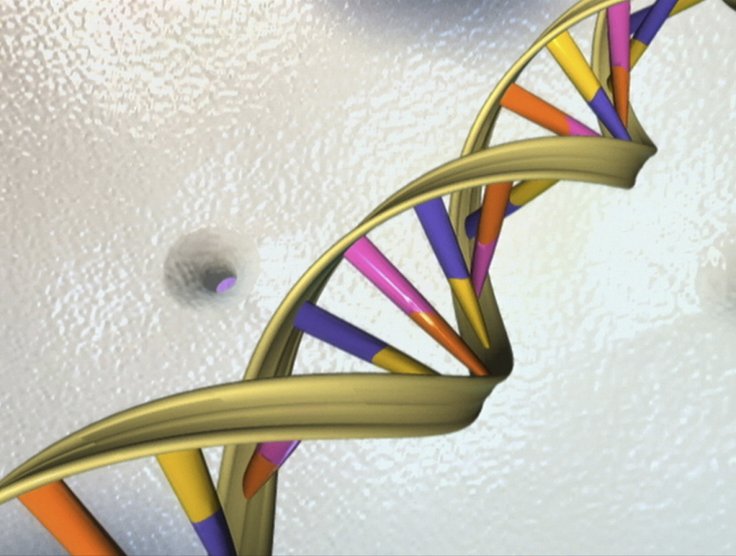
A team of researchers has apparently built a biomaterial that is capable of showing signs of life. This new development indicates that the advancement of technology is literally blurring the boundaries between man and machine.
As per the Express.co.uk, the newly developed biomaterial is not only capable of multiplying in a similar way like DNA, but also can replicate the like basic genetic material.
"The material normally would be static and we try to introduce life properties into this material. This would be the first demonstration of the material that uses artificial biology and locomotion ability," said Dr Shogo Hamada and Dr Dan Luo, lead authors of the study.
During the research, scientists used a system called DASH (DNA-based Assembly and Synthesis of Hierarchical) and created a DNA based material that can form new shapes and structures. Just like DNA which has the set of instructions for metabolism and autonomous regeneration, the set of nucleotides in this material also showed this trait.
Interestingly, this material multiplied very easily and it even shows signs of growth and metabolism. This DNA based material successfully grew new strands, with the front end growing and the tail end degrading in a very optimized balance.
Shogo Hamada stated that this new development is the first step towards incorporating characteristics of life on a machine.
"Fundamentally this is a kind of a dream to create a root that behaves life-like. And this is going to be the first step in going towards that direction – this in itself is not going to be very useful in the short term. However, if we continue this effort, we could probably create a self-replicating machine or a self-evolving machine, and that is more of a longer-term vision," said Hamada.
A few weeks ago, a research report published in the journal Applied Materials and Interface had revealed about a technology that is very similar to the scenario depicted in the Hollywood sci-fi thriller 'Terminator 2: Judgment Day'. The team of scientists who took part in this research developed a 'Terminator-like liquid metal' that has the capability of stretching vertically and horizontally. It should be also noted that this liquid metal can also change shapes, as per the container it holds.









